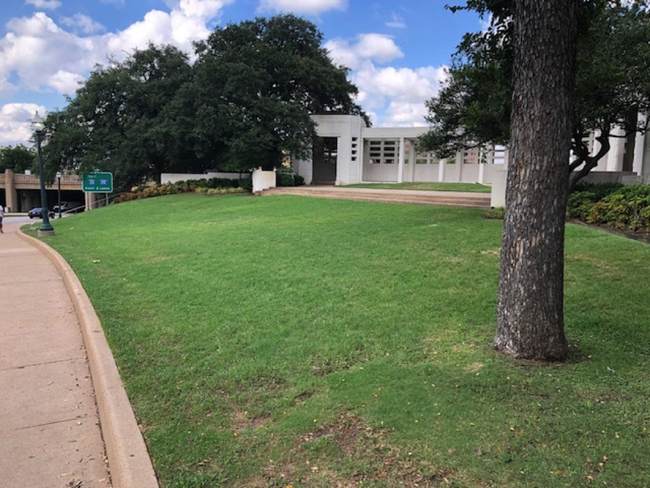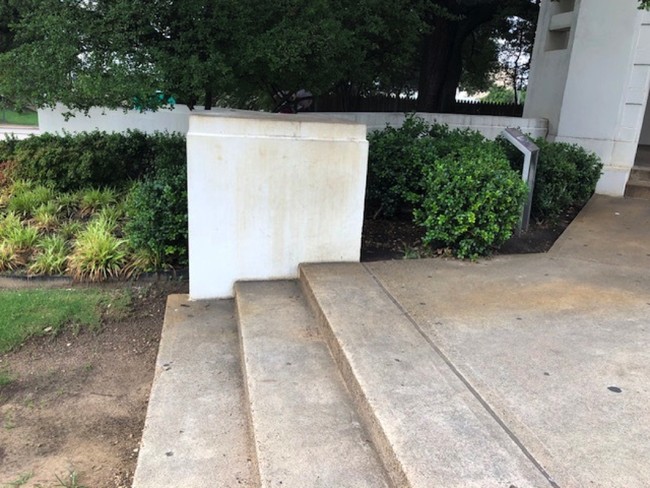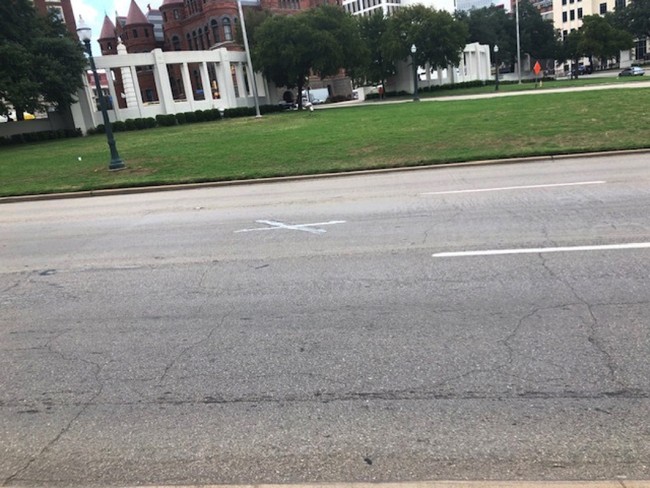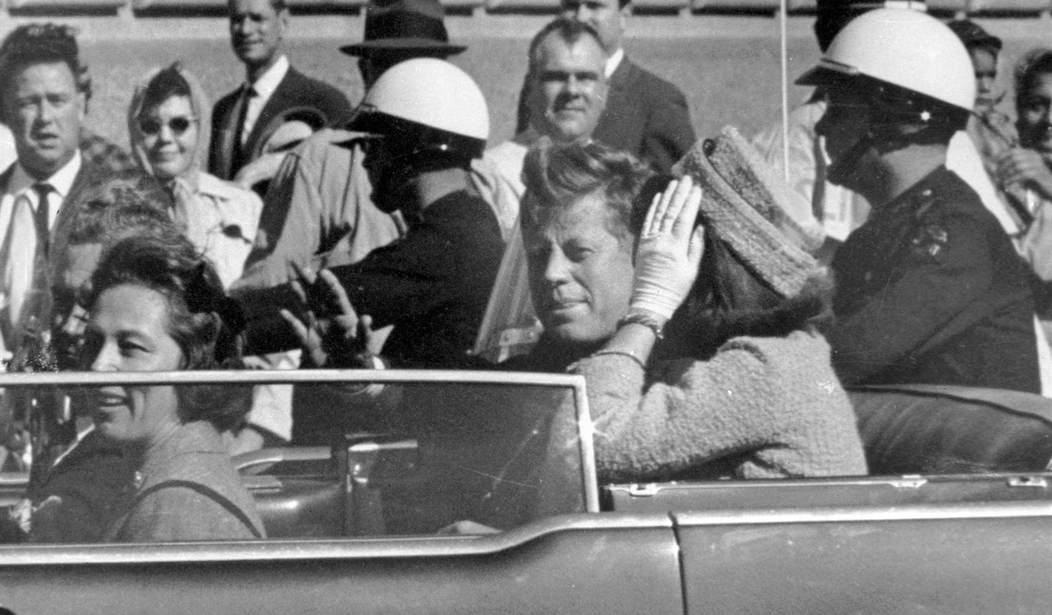This Wednesday marks the 60th anniversary of the assassination of President John F. Kennedy, and a recent poll found that most Americans don't believe the official government line that Lee Harvey Oswald acted alone that day in Dallas. According to a recent Gallup poll, a full 65 percent of American adults think that there was more than one gunman in Dealey Plaza on November 22, 1963. That number has remained consistent for a decade despite recent document dumps by the National Archives meant to bolster the lone gunman conclusion and dispel speculation that Kennedy's murder was a CIA hit job or an act of revenge by Fidel Castro.
A closer look at the poll, which was conducted in October, shows Republicans (71 percent) are more likely than Democrats (55 percent) to believe Oswald did not act alone, with independents clocking in at 68 percent. Split a different way, 57 percent of college graduates and 74 percent of non-grads believe there was more than one gunman; those with post-graduate degrees (44 percent) are the least likely to believe in a conspiracy theory.
The really interesting statistic to come from this poll, which was last conducted in 2013 ahead of the 50th anniversary, shows a whopping 13-point jump over the last ten years in the number of Americans believing that the government was involved in JFK's death. The CIA tops that list of suspects, followed by a non-specific government entity, the FBI, and its former director, J. Edgar Hoover.
The National Archives did a big document dump in December of 2022, releasing over 13,000 previously classified documents collected during the government investigation into the assassination. At the time, lawmakers and transparency advocates thought the release of information would lead to "restoring faith in the functioning of government." To which the American people have apparently said: LOL, no.
Gallup has been polling on this question since shortly after November 22, 1963, and the results show that Americans have consistently distrusted the government's findings on what happened that day. The government's special investigative body on the assassination, the Warren Commission, concluded that there was “no evidence that either Lee Harvey Oswald or Jack Ruby was part of any conspiracy, domestic or foreign, to assassinate President Kennedy." Furthermore, they said, "The shots which killed President Kennedy and wounded Governor John Connally were fired by Lee Harvey Oswald."
As RedState reported back in September, a Secret Service agent traveling with President and Mrs. Kennedy that day recently called into question this finding, revealing that he discovered "a bullet resting on the top of the back of the seat" of the car in which the Kennedys were riding. This directly disputes the "magic bullet" theory that two of the three shots fired by Oswald hit Kennedy from behind, with one traveling on to hit Texas Governor John Connally. A bullet found on the back of the car would, presumably, indicate a shot from in front of the car, something never addressed by the Warren Commission. It's a shot that Oswald could not have made from the Texas Book Depository.
While attending a work conference in Dallas last year, I found myself with some free time and hotfooted it (literally, it was Dallas in August) down to Dealey Plaza to take in some history. My father, an Irish Catholic who was born into the generation just following JFK, had a copy of the Warren Report; my dad was a government lawyer and always seemed dissatisfied with the findings. He wouldn't talk about it, though; discussing that day in November was off-limits, but the suggestion always hung there that something didn't add up with the government's story.
There were very few people milling around Dealey Plaza the day I visited due to the extreme heat, and that meant unobstructed views of the infamous sights: The grassy knoll, the place from which Abraham Zapruder famously filmed, the exact spot on Elm Street where the first bullet hit the president -- all in vivid color and not the grainy black and white images from that November day. It remains remarkably unchanged.
 The infamous "grassy knoll."
The infamous "grassy knoll."
 The spot from which Abraham Zapruder filmed.
The spot from which Abraham Zapruder filmed.
 The spot where the first bullet hit President Kennedy.
The spot where the first bullet hit President Kennedy.
Part of the Texas Book Depository has been turned into The Sixth Floor Museum, the spot from which Lee Harvey Oswald set up his sniper's nest. That area, in particular, is recreated to the exact detail and includes a virtual window that shows exactly what he saw that day on the street below. It's not until you get to the end of the exhibit that they detail the various conspiracy theories:
- LBJ "believed Kennedy was behind the assassination of the South Vietnamese president weeks before his death and that Kennedy’s murder was payback."
- The KGB "claimed it had information tying Johnson to the assassination of President John F. Kennedy."
- Fidel Castro may have ordered the hit on Kennedy as payback for a murder-for-hire contract put out on Castro by Kennedy's CIA.
- The mob didn't like Kennedy, who allegedly had a romantic relationship with the girlfriend of Chicago mob boss Sam Giancana.
The entire exhibit is extremely well done, but neither confirms that Oswald acted alone nor proves that he had accomplices. It's one of those age-old questions to which we'll likely never have a satisfactory answer. However, we may see it come up as a topic during the 2024 presidential election, with Donald Trump claiming he'll declassify all JFK assassination records and JFK's nephew, Robert Kennedy, Jr., saying he sees "overwhelming evidence" of the CIA's involvement.















